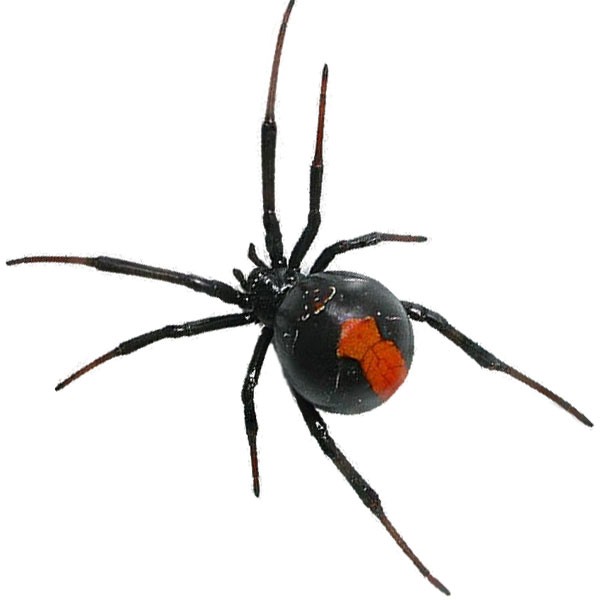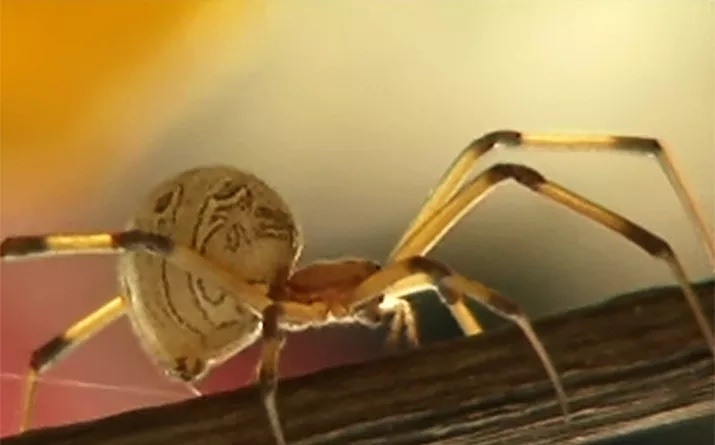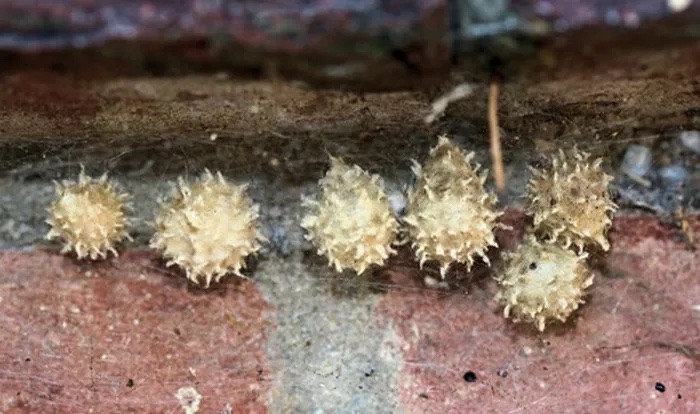Spider Control
Although most spider bites are not life threatening, they can be annoying and uncomfortable, and in some circumstances very dangerous. When it’s important to eliminate spiders, chemical control is used, along with destruction of webs and eggs. Since they feed on insects, measures that eliminate unwanted insects will also reduce spider populations.


Black Widow Spider
Description – Adult female body legth about 1/2″, abdomen almost spherical. Black with two reddish triangular markings usually joined to form a reddish hourglass-shaped marking on the abdomen.
Habits – Commonly live among and under stones and pieces of wood, in hollow stumps and trees, rodent burrows, sometimes in shrubbery. Prefer dry man-made structures including barns, outhouses, sheds, meter boxes, brick veneer, barrels, woodpiles, foundations, etc. If they are found indoors they are in seldom used parts of garages, basements, and crawlspaces.
Lifespan/Reproduction – Eggs are about 3/8-1/2″ in diameter and can be constructed in 1-3 hours. Females can lay from 6 to 21 sacs in a lifetime with about 185-464 eggs per case. Incubation period ranges from 8 to 30 days. Take nearly a year to mature from egg to adult and females can live for approximately 2 years. Spin irregular webs and females generally avoid light and is normally shy and retiring.
Problems Encountered – Females have venomous bites (a neurotoxin). Female will aggressively attack after egg laying and when guarding her eggs. Bites cause slight local swelling with 2 tiny red spots where the fangs entered. Pain is almost immediate and reaches its maximum in 1-3 hours continuing for 12-48 hours. May experience increased body temperature and blood pressure, sweting and nausea. is rarely fatal except occasionally in small children and those with specific allergies.
Tips for Prevention – Building should be in good condition, well sealed and screened. Outdoor lighting should be away from the building or yellow/sodium vapor lamps. Keep premises free of debris that would attract spiders.
Preparation – Follow tips for prevention. Be prepared to leave the structure being treated for several hours.

Brown Widow Spider
The brown widow spider, or Latrodectus geometricus, is everywhere these days, especially the news.A recent UC study that reported huge increases in brown widow populations sparked these headlines: “Brown Widow Spiders Taking Over Southern California,” Brown Widow Spiders on the Rise,” and “Brown Widow Spiders are Pushing Out Black Widows in California.” So what do you really need to know about the brown widow? Be careful, but don’t panic.
“You should treat them the same way you treat black widows,” said Chris Conlan, supervising vector ecologist from the County Department of Environmental Health (DEH). “If you have little children, you should teach them how to avoid (brown widows) and you should patrol your yard to check for spiders on kids toys … but it’s not like this is this giant new plague that is going to kill us all. It’s just this new thing we’ve got to learn to deal with.” Conlan said it is true that brown widows were never seen in California until 2003; that their numbers have exploded; that they now greatly outnumber native black widows; and they like to hide in places where they bump into people — urban areas, backyards, in patio furniture, gardens, outdoor toys, playgrounds and even cars and vehicles. However, he said, they’re less aggressive than black widows and less apt to bite people, preferring to retreat than fight. In addition, brown widow bites are reported to be less venomous. But they will bite if threatened, cornered or protecting their egg-sacs. UC Riverside, which has led research on brown widow spiders, said their bite hurts but is relatively harmless. Conlan, however, recommended that people who were bitten see their doctor to be safe.

How to Identify Them:
A lot of people may not be able to easily pick out a brown widow from any other brown spider. Females can be up to ½ inch in length with legs extended. Males are much smaller. Like the black widow, which has a red, distinctive hourglass marking on its underside, the brown widow also has an hourglass-like marking on its abdomen; but it’s orange in color. The easiest way to tell if you have brown widows is by finding their egg sacs, which are very different than other spiders. They are spherical in shape. But instead of being smooth, they’re covered in tiny spikes.

